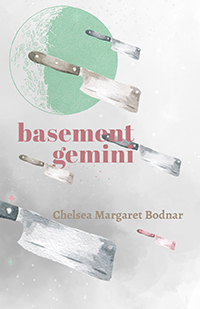
“A village girl travels to the Lao capital, Vientiane, to care for her rich cousin who has lost her sight and gained the ability to communicate with the dead.”
This film can best be understood through the complicated familial relationships that are at its core, which blend of love and betrayal within the situational reality of class structures. Nok (played by Amphaiphun Phommapunya) exists in an unsettled position throughout much of the film. When she arrives at her cousin’s home, she is an outsider — the camera peering with her into the home as the servants ignore her and the husband keeps speaking English, a language she doesn’t understand. The scenes provide an intense feeling of isolation, which is continued even as she is introduced to Ana (played by Vilouna Phetmany) the next day.
Nok exists in an odd liminal space within the home. Although she’s family, she has been brought there to help and serve Ana. She’s too much of a servant to be treated as family and too much apart of the family to be welcome among the servants.

It’s only when Nok begins to earn Ana’s trust that her position within the household begins to change. Ana is loosing her sight, the world reduced to a blur of light and shadow — with ghostly figures emerging out of that distorted vision, the sudden awareness of these spirits causing her to become injured. No one believes her, thinking the injuries are something she is doing to herself. Her husband is willing to spend any amount of money to cure her blindness and help with her mental care. He clearly loves her, and yet he also often treats her like a child. Meanwhile, the servants only care that they not be blamed when the mistress injures herself.

Nok is the only one who listens, the only one who works to find a way to help Ana manage the ghosts. With this help, Ana is able to feel more comfortable in dealing with her situation, and therefore happier — but this happiness is coupled with a new dependence on Nok.
The relationship grows more complicated as Nok discovers that she can profit from Ana’s condition. While she cares for Ana, she’s also drawn to want to be more a part of Ana’s world — and that includes the wealth, nice clothes, and other fineries she sees around her. Money seems to be a way for her to move from her liminal space into more firm footing beside Ana. This, of course, doesn’t go to plan.

All of the interplay between the characters in this household represent complicated power structures based on family, money, and class. The cinematography, editing, and sound design all work together to help illustrate and build upon the great performances presented by each of the actors. For example, as their relationship blossoms, Ana’s conversation with Nok is layered over several moments of quiet moments between the women — illustrating their growing friendship and intimacy.
This is a beautifully made film, unraveling concepts of trust, family obligations, and the power of money. The horror is not just in the ghosts and the inevitability of death, but in the ways people manipulate and abuse each other in both subtle and overt ways.
Newsletter | Twitter | Instagram






